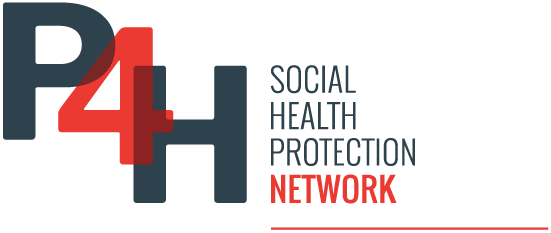As of 2023, Iceland’s population was 387,758 people, with over 60% residing in and around Reykjavík, the capital city. In 2022, Iceland’s life expectancy at birth stood at 82.1 years, exceeding the European Union average by nearly 1.5 years. In 2020, circulatory diseases and cancer remained the leading causes of death, together accounting for more than 57% of all mortalities.
In 2022, Iceland’s life expectancy at birth stood at 82.1 years, exceeding the European Union average by nearly 1.5 years. In 2020, circulatory diseases and cancer remained the leading causes of death, together accounting for more than 57% of all mortalities.
A state-centred publicly funded system with universal coverage
Iceland has a universal health care system that is primarily funded through government revenues and in which everyone is entitled to emergency assistance. The health care system functions through a unified purchaser-provider model, where the government acts both as the primary financier and the operator of most health care institutions. Policy, administration, and financing are centralized at the national level.
Iceland’s public health insurance system provides extensive coverage, including nearly all costs for inpatient care, over 80% for outpatient services, and around 40% for outpatient medications.
In 2023, current health expenditure (CHE) per capita in Iceland was US$ 6,852, representing 9.3% of GDP. Health expenditure from public sources accounted for 84.7% of health spending, and out-of-pocket (OOP) spending accounted for 13.7% of the CHE.[1] These expenses are primarily copayments for primary care visits, outpatient services, dental care, and prescription medications. However, vulnerable groups may benefit from reductions or exemptions to ease their financial burden.[2]
A publication on health systems in Iceland reported in 2014 that the Icelandic health care system is experiencing a trend towards state centralization in regulation and financing, despite increasing private sector involvement. Issues such as insufficient incentives for patients to use GP services instead of seeking specialists directly hinder government efficiency efforts. This has led to a shift in health care costs from public to private sectors, straining household budgets. While health benefits are theoretically available to all, access is compromised due to financial burdens, with lower-income groups facing greater unmet medical needs. Despite high health care supply and outcomes, the system’s financial sustainability is challenged by an aging population and public health issues.
[1] World Health Organization, Global Health Expenditure Database, Indicators and Data (choose country)
[2] Source: OECD/European Observatory on Health Systems and Policies (2023), Iceland: Country Health Profile 2023, State of Health in the EU,OECD Publishing, Paris

